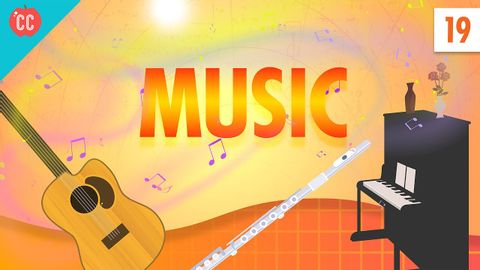
Subtitles & vocabulary
The Physics of Music: Crash Course Physics #19
00
kingon posted on 2016/08/18Save
Video vocabulary
kind
US /kaɪnd/
・
UK /kaɪnd/
- Adjective
- In a caring and helpful manner
- Countable Noun
- One type of thing
A1TOEIC
More stand
US /stænd/
・
UK /stænd/
- Intransitive Verb
- To be a candidate in an election
- To last for a long time
- Transitive Verb
- To be able to accept someone, something; bear
- To place something in a particular position; place
A1
More create
US /kriˈet/
・
UK /krɪ'eɪt/
- Transitive Verb
- To make, cause, or bring into existence
- To cause something to happen; to give rise to a particular situation or state.
A1
More path
US /pæθ, pɑθ/
・
UK /pɑ:θ/
- Noun
- Method of living leading to a particular result
- Track made with stones, by walking over the ground
A2TOEIC
More Use Energy
Unlock All Vocabulary
Unlock pronunciation, explanations, and filters
